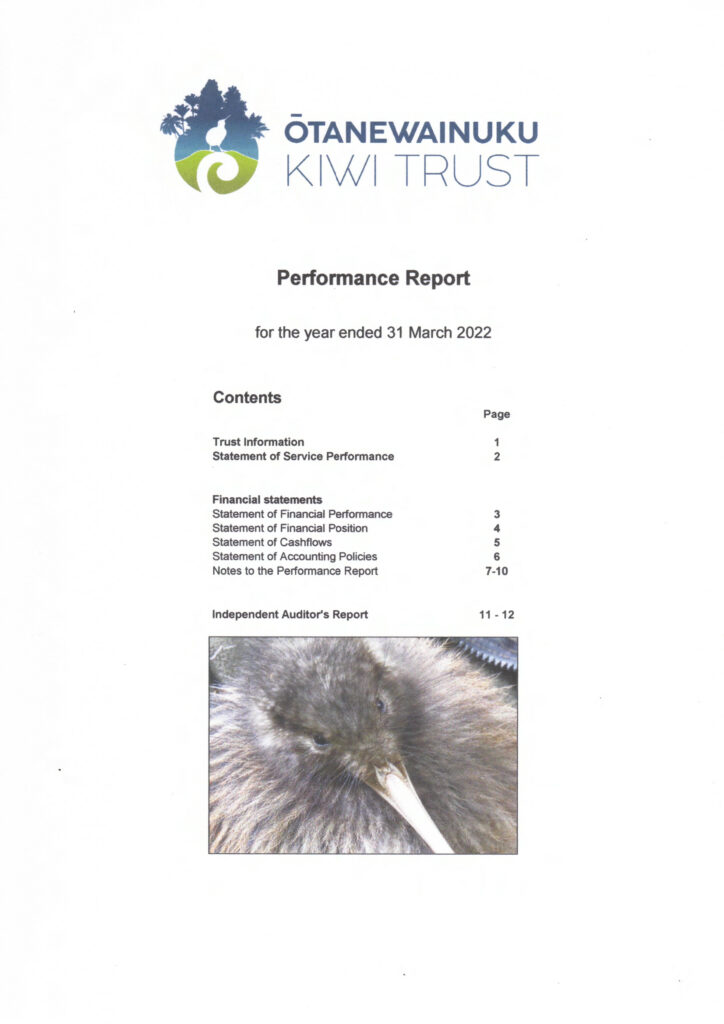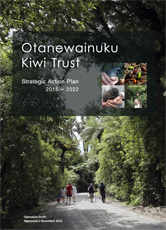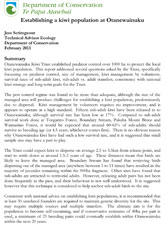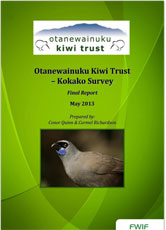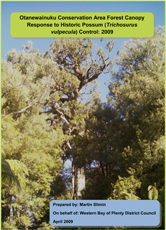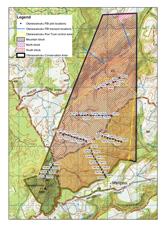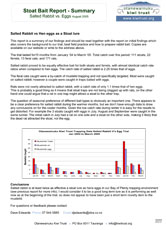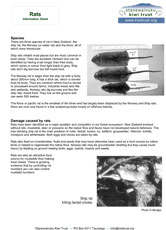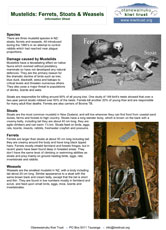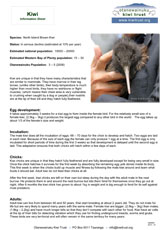

FACT SHEETS & REPORTS
Over the years many people have undertaken studies in Ōtanewainuku. We would like to thank the individuals, DOC and Toi Ohomai Institute of Technology, for allowing us to share this information with you.
Click on the following links to download each resource:
OKT Annual Report 2022
OKT Draft Strategic Operative Plan 2015-22
The Trust has prepared this Strategic Action Plan (the Plan) in response to the clear need to embrace the entire ecology of this unique, virgin forest. It covers a seven-year period to guide the Trust towards its 20th year in 2022. The current status of this plan is as an Operative Draft.
It is presented for review by Department of Conservation (DoC), Iwi, our volunteers, funders, Western Bay District Council (WBDC), Bay of Plenty Regional Council (BOPRC), Tauranga City Council (TCC), and the community.
Establishing a kiwi population at Ōtanewainuku
Prepared for: OKT – February 2013
Jess Scrimgeour – Technical Advisor, Ecology | Department of Conservation
This report addressed several questions asked by the Trust, specifically focussing on predator control, size of management, kiwi management by volunteers, survival rates of sub-adult kiwi, sub-adult vs. adult transfers, consistency with national kiwi strategy and long-term goals for the Trust.
Kokako Survey 2013 – Carmel Richardson 2013
The adult survival rate is good, the number of birds detected in the forest and the presence of at least one juvenile are a positive sign for the establishment of a sustainable kokako population.
To view this report please make a request via the form on our contact page.
Bats in the BOP – Peter Cosnahan 2010
Ōtanewainuku has a population of Chalinolobus tuberculatus (long-tailed bat). No Mystacina tuberculata (short-tailed bat)
were detected at any of the sites.
Monitoring Report 2014 – Larissa Cherrie 2014
Funded by a Bayer Boost Scholarship
To enable a quantitative understanding of different monitoring methods and statistics within this area.
Analysis of pest, predator and foliage data trends indicate that the present control strategies employed have halted the decline at Ōtanewainuku. Pest and predator numbers along with forest health seem to be stable. However, the health of the Ōtanewainuku forest outside the pest control block is declining at a concerning rate.
A 2014 survey of forest health within the control block must be completed to determine if the block is regenerating, or if further improvement of the forest as a habitat for native species will require a ramping up of control operation intensity and an extension of the area of operations.
Ōtanewainuku Canopy Response to Possum Control – Martin Slimin | Ecosystem Service
Prepared for: Western Bay of Plenty District Council 2009
Ōtanewainuku conservation area forest canopy response to historic possum (Tricosurus vulpecula) control.
Mustelid Bait Trials: Salted Rabbit vs Eggs
Mustelid traps are traditionally baited with hen eggs. Our volunteer trappers took part in a trial comparing using salted rabbit to hen eggs. We use these in double set tunnel kill traps. Salted rabbit won hands down.
Check out the full trial, which covers our findings, best practice in the field and how to salt rabbit baits. Or check out our summary sheet for the end results.
Thanks to Dave Edwards for these reports.
Pest Info Sheets
These are great for school projects or to learn more about our forest and our work. Learn more about the different types of rats and mustelids (ferrets, stoats and weasels) and the devastating impact they have on our native bush.
Other Info Sheets
These are great for school projects or to learn more about our forest and our work. Learn more about the species in Ōtanewainuku or about the type of kiwi we have and the causes of its decline and why they need our help.

